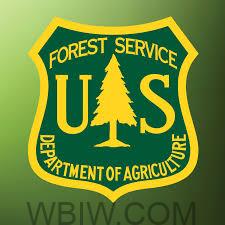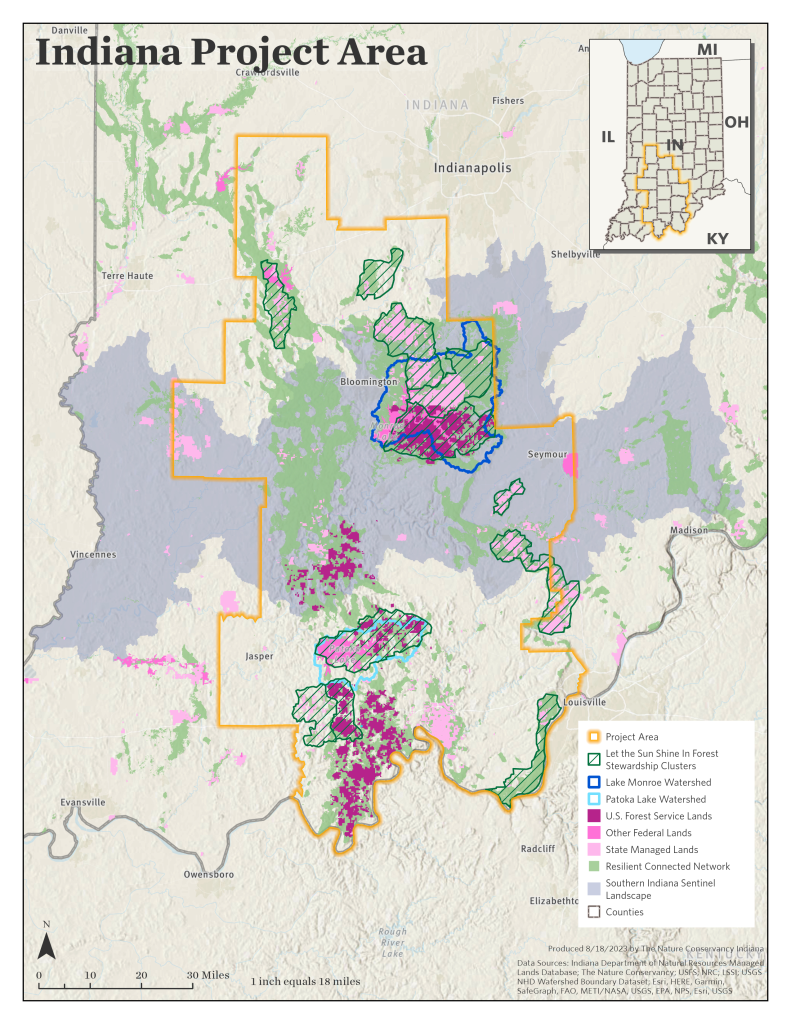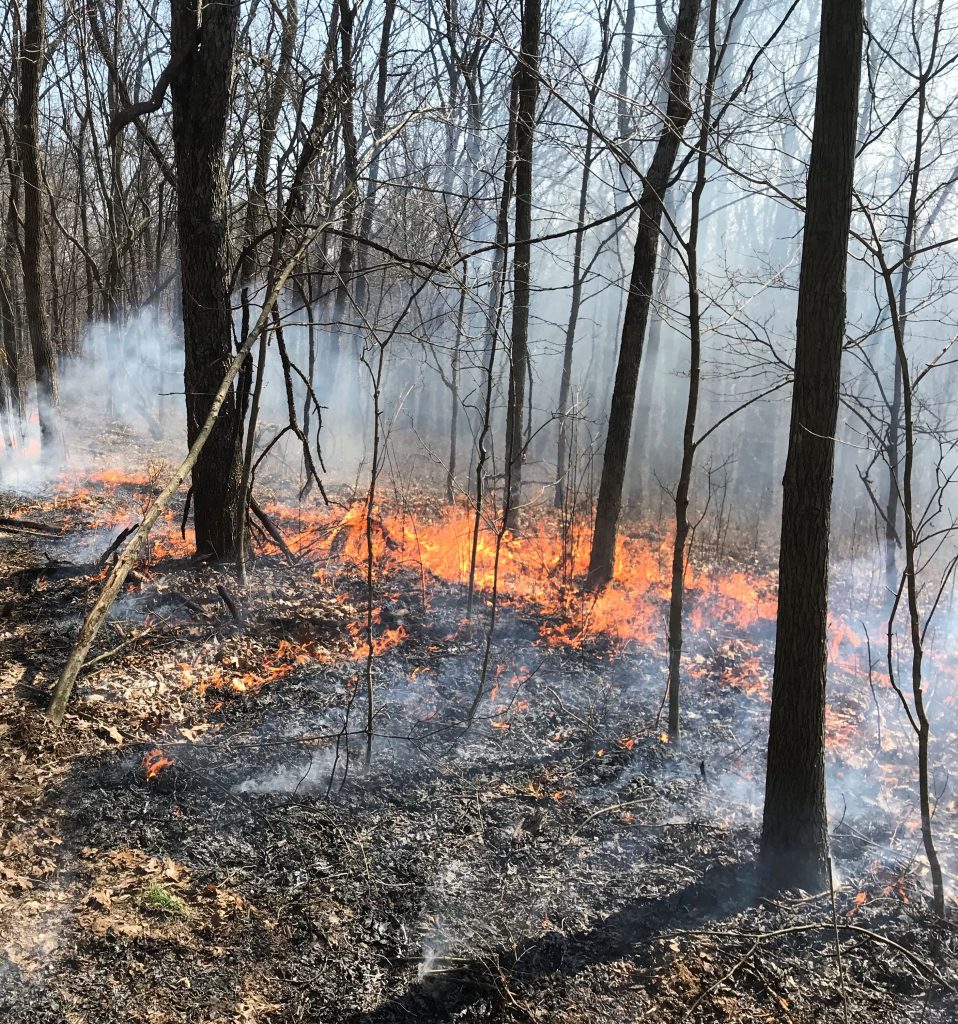
BEDFORD– The U.S. Department of Agriculture (USDA) has announced a significant investment in forest restoration in southern Indiana through the Joint Chiefs Landscape Restoration Partnership. This initiative, a collaboration between the USDA’s Natural Resources Conservation Service (NRCS) and the Forest Service, aims to enhance the health and resilience of the region’s public and private forest lands.
The “Ready-Set-Fire in White Oak Woodlands” project has secured $7.9 million in funding, representing only the second time Indiana has been awarded a Joint Chiefs project. Over the next three years, the funding will be used to implement extensive woodland conservation and restoration efforts, particularly focusing on fire-dependent plant communities, local water supplies, and habitat for at-risk forest-dependent songbirds.

Collaborative Conservation Efforts
Dan Shaver, Indiana NRCS state forester, highlighted the significance of this partnership, emphasizing the importance of joint efforts in forestry-based projects. “In Indiana, we have a very tight-knit forestry community, and we are always looking for ways to get more information, financial assistance, and resources to our woodland owners to implement good conservation,” said Shaver.
The Hoosier National Forest and the USDA Indiana NRCS office jointly applied for the project, which will target the restoration of upland oak ecosystems. This critical habitat type has been in decline due to the lack of appropriate forest management and the exclusion of beneficial fire.
Prescribed Fire and Habitat Restoration
One key component of the “Ready-Set-Fire in White Oak Woodlands” project is the use of prescribed fire as a management tool. Prescribed fires help reduce wildfire risk, restore habitats, and promote forest resiliency. The project includes funding for a prescribed fire strike team, managed in partnership with The Nature Conservancy (TNC), to conduct burns across 16 counties in southern Indiana.

Jeremiah Heise, Hoosier National Forest ecosystem program manager, explained the project’s broader impact: “This project is a capacity-building effort that will allow us to have a greater restoration impact at a true landscape scale.” Heise also noted that combining forest management and prescribed fires would help reinvigorate declining white oak woodlands and prepare them for future management challenges, including the impacts of climate change.
Community Involvement and Private Landowner Support
The initiative is not limited to public lands; it also extends significant support to private landowners interested in forest conservation. With the funding from the Joint Chiefs project, private landowners in the targeted counties will have access to resources to help manage their forests, control invasive species, and restore oak ecosystems.
Shaver emphasized the importance of private landowner participation: “The Ready-Set-Fire in White Oak Woodlands Joint Chiefs’ project provides a dedicated source of conservation funding for three years to assist landowners in the 16-county area with their woodland management projects. It is timely and focused on a critical need that will accelerate oak ecosystem restoration.”
Partnerships for a Healthier Forest Landscape
The project will involve collaboration with various organizations, including the Indiana Department of Natural Resources Division of Forestry, the Central Hardwood Joint Venture’s Let the Sun Shine In program, and the Southern Indiana Sentinel Landscape. These partnerships will enhance efforts to improve forest stand conditions, control non-native invasive species, and implement appropriate prescribed fires across southern Indiana.
Since its inception in 2014, the Joint Chiefs’ Landscape Restoration Partnership has invested over $423 million in 134 projects across 42 states, Guam, and Puerto Rico. These projects aim to improve and maintain the health of forests and rangelands where public and private lands intersect.
For more information about the Joint Chiefs’ Landscape Restoration Partnership, visit USDA NRCS Programs and Initiatives.







.png)











